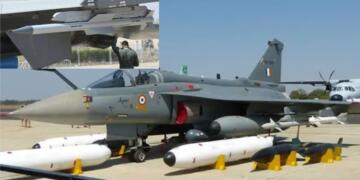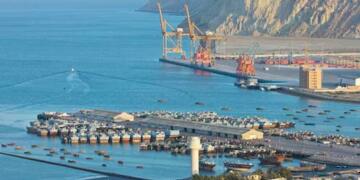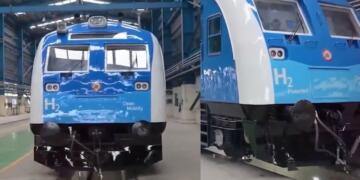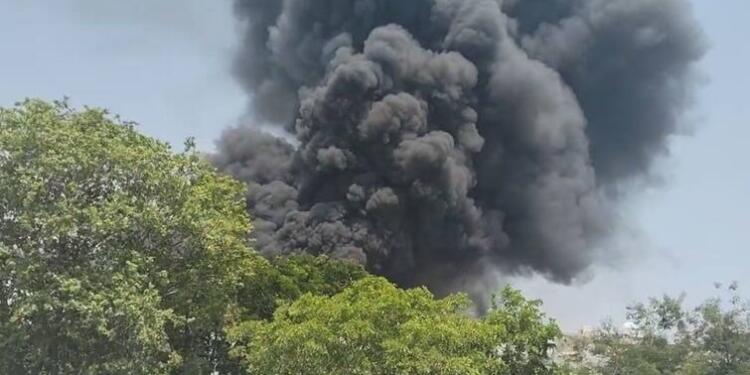Sardar Vallabhbhai Patel International Airport (AMD), located about 9 kilometers from Ahmedabad city center, is one of western India’s busiest airports. Named after India’s first Deputy Prime Minister and freedom fighter, this airport connects Gujarat to major cities across India and international destinations in the Middle East and Asia.
The airport operates two terminals — one for domestic flights and another for international travel. It has two runways capable of handling large aircraft like the Boeing 777 and Airbus A350. Major airlines such as Air India, IndiGo, and Emirates regularly operate from here, making it a key hub for travelers and cargo alike.
Tragic Boeing 787 Crash Puts Safety Under the Microscope
Today, the airport became the center of a major tragedy when a Boeing 787 Dreamliner crashed near the runway during takeoff or landing procedures. The flight was carrying over 100 passengers. Emergency services quickly rushed to the scene, battling a fierce fire and beginning rescue operations. Authorities are still investigating the cause, but the accident has raised serious concerns about safety procedures at the airport and on board the aircraft.
History of Incidents at Ahmedabad Airport
Though Ahmedabad Airport has maintained a strong safety record overall, it has seen a few notable incidents:
In 2015, a Jet Airways flight that took off from Ahmedabad had to make an emergency landing in Mumbai due to a technical issue. Thankfully, no one was injured.
In 2018, an IndiGo flight experienced a tire burst during takeoff at Ahmedabad. The takeoff was aborted safely, and all passengers were evacuated without harm.
The airport has also dealt with several runway incursions and near-misses over the years, prompting stricter safety protocols and enhanced training for airport staff.
The recent crash of the Boeing 787 Dreamliner near Ahmedabad marks one of the most serious incidents associated with this airport in recent times.
With today’s tragic accident, the spotlight is now on how well the airport and airlines manage safety and emergencies. The coming days will be critical as investigators work to determine the cause and recommend steps to prevent such disasters in the future.































